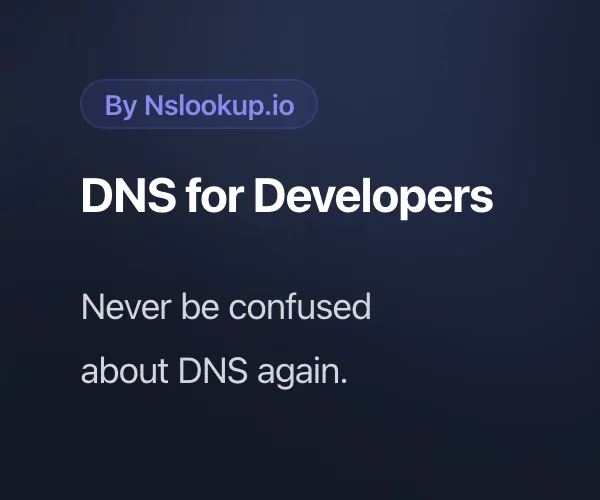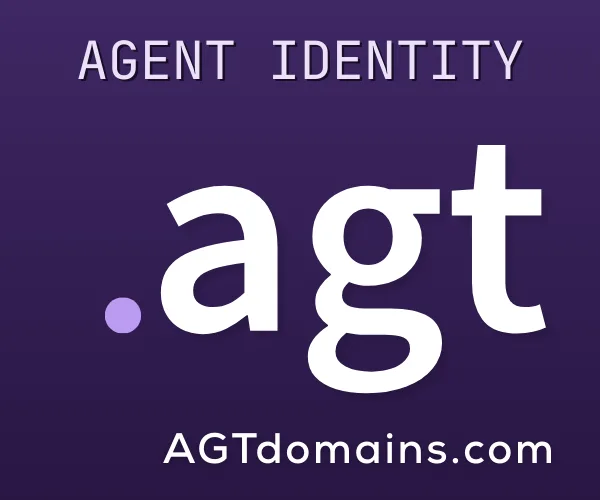Browse More Terms
Mil
The .mil domain is a sponsored top-level domain (sTLD) that is used exclusively by the U.S. Department of Defense and its subsidiary or affiliated organizations. Its name is derived from the first ...
GDPR
GDPR is an acronym that stands for General Data Protection Regulation. This is a law enforced by the European Union since May 2018, aimed at giving EU citizens control over their personal data and ...
Fractional Domain Name Ownership
Fractional domain name ownership is a method of investing in domain names where multiple individuals or entities share ownership of a single domain by dividing it into fractional shares. Each owner...
DNS
Domain Name System
ARIN
ARIN, or the American Registry for Internet Numbers, is a nonprofit organization that manages the distribution of Internet number resources, including IPv4 and IPv6 address space, and Autonomous Sy...
Drop Catch
See Drop




